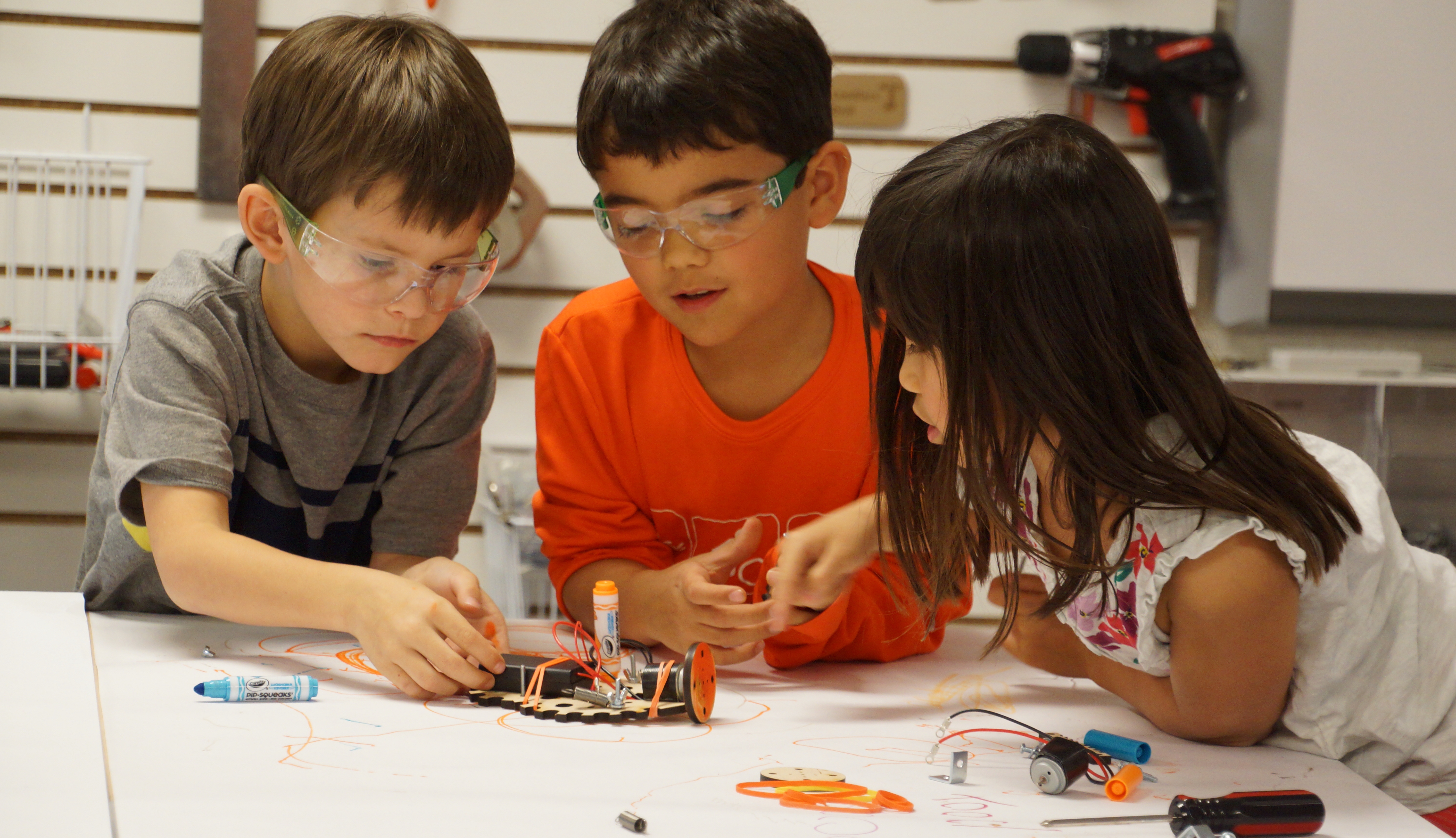
Project-Based Learning Enhances Social and Emotional Learning
In the ever-evolving landscape of primary and secondary education, a teaching approach that has gained considerable momentum and recognition is Project-Based Learning (PBL). PBL offers a dynamic pedagogical approach that places students at the center of their learning journey, fostering critical thinking, problem-solving, and collaboration skills.
What is Project-Based Learning (PBL)?
Project-Based Learning is an educational strategy that immerses students in a multifaceted, real-world project or inquiry. Instead of simply memorizing facts and figures, students engage in hands-on, authentic tasks that require them to apply their knowledge and skills to solve complex problems. PBL is characterized by its emphasis on inquiry, collaboration, and the development of essential 21st-century skills.
The Benefits of PBL in STEM Education
- Fosters Intrinsic Motivation: One of the primary benefits of PBL is its ability to ignite and sustain students' intrinsic motivation. When students work on meaningful projects that connect to their interests and the real world, they are more engaged and invested in their learning. This motivation can lead to increased attendance, participation, and a genuine enthusiasm for education.
- Develops Critical Thinking and Problem-Solving Skills: PBL challenges students to think critically and solve complex problems. Through the process of inquiry and hands-on problem-solving, students learn to analyze information, make informed decisions, and adapt their strategies based on feedback in both academic and real-life settings.
- Encourages Collaboration: Collaboration is a cornerstone of PBL. Students often work in teams to accomplish project goals, mirroring the collaborative nature of many professional settings. Learning how to communicate effectively, delegate tasks, and work as part of a team are essential skills that students develop through PBL.
- Promotes Deep Understanding: PBL goes beyond surface-level memorization. It encourages students to delve deeply into a topic or problem, fostering a comprehensive understanding of the subject matter. This depth of understanding helps students retain knowledge longer and apply it more effectively in various contexts.
- Enhances Information Retention: Active engagement in PBL projects leads to better information retention. When students apply what they learn in a real-world context, the knowledge becomes more meaningful and memorable. This results in a deeper and more lasting learning experience.
- Develops Communication Skills: Effective communication is a crucial skill in today's interconnected world. PBL provides students with opportunities to present their ideas, findings, and solutions to peers and sometimes even a broader audience. This strengthens their oral and written communication skills, which are essential in both academic and professional settings.
- Prepares for the Real World: The skills acquired through PBL are directly transferable to the challenges students will face beyond the classroom. PBL equips them with the abilities to adapt, innovate, and thrive in a rapidly changing job market, making them more college and career-ready.
- Encourages Lifelong Learning: PBL instills a love for learning that extends far beyond the classroom. By engaging in projects that reflect real-world scenarios, students develop a sense of curiosity and a willingness to seek knowledge throughout their lives.
At a time when the spotlight is on holistic development, embracing the social and emotional aspects of learning is a crucial step toward creating resilient, well-rounded citizens. At Lab-Aids, we believe that integrating Social and Emotional Learning into STEM PBL not only enhances academic outcomes but also nurtures well-rounded individuals ready to conquer the complexities of the future.
What are the Benefits to Social and Emotional Well-Being in PBL STEM Education?
- Increased Self-Efficacy: When students complete challenging STEM projects successfully, they gain a sense of accomplishment and confidence in their abilities. This increased self-efficacy spills over into other aspects of their lives, motivating them to take on new challenges.
- Resilience and Adaptability: STEM projects often involve setbacks and failures. Students learn to persevere, adapt their strategies, and overcome obstacles. These experiences build resilience, a crucial life skill.
- Enhanced Empathy and Perspective-Taking: Collaborative PBL projects encourage students to consider diverse viewpoints and work effectively with peers from various backgrounds. This fosters empathy and the ability to understand different perspectives, essential for building strong interpersonal relationships.
- Emotional Regulation: In PBL, students experience a range of emotions, from frustration when facing challenges to excitement upon finding solutions. They learn to identify and regulate their emotions, a vital skill for emotional intelligence.
- Sense of Purpose and Ownership: PBL allows students to take ownership of their learning. They feel a sense of purpose as they work toward solving real problems, which positively impacts their overall motivation and well-being.
Project-Based Learning is more than an educational methodology; it's a therapeutic journey that nurtures both social and emotional well-being. Students work together, learning to communicate effectively, share ideas, and resolve conflicts, all while applying scientific principles to their projects.
If you would like to learn more about Project-Based Learning, our partners at Tinkering Labs will be hosting a webinar in the new year on PBL Best Practices.
We hope to see you there.
Project-Based Learning Curricula Published by Lab-Aids
- Tinkering Labs Elementary STEM, Grades K-5
- Connected Mathematics 4, Grades 6-8
- Issues and Science, Grades 6-8
- Science and Global Issues: Biology, Grades 9-12
- EDC: Earth Science, Grades 9-12
- A New Approach to Chemistry, Grades 9-12